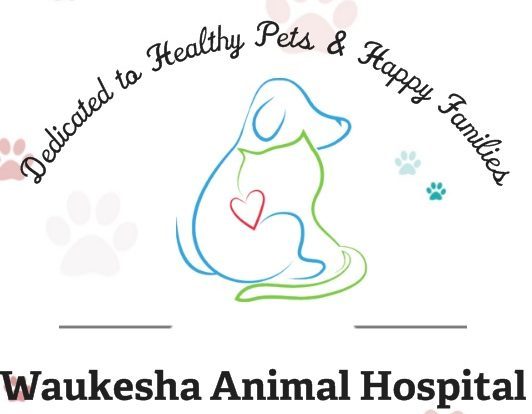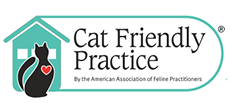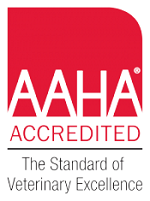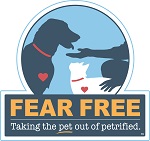 What do all of those terms on pet food labels mean? Should you buy grain free? Holistic? Natural? How much meat is actually in the food?
What do all of those terms on pet food labels mean? Should you buy grain free? Holistic? Natural? How much meat is actually in the food?There are new pet foods introduced almost weekly it seems, so choosing the best option can be confusing, as they all profess to be the best! How can we weed through all the options and make an informed decision? Below is some information to help make your decisions easier.
Terms can be confusing but here is a guide:
⦁ “Chicken” (or beef or any meat) if used alone in a product’s name means that chicken makes up at least 95% of the total weight of the product
⦁ “Chicken dinner/entree/platter/recipe/formula” means that only 10% of the entire product needs to be chicken
⦁ “With chicken” means that the product is only required to have 3% chicken
⦁ “Chicken flavor” – very little chicken is used and only requires that “the ingredient is recognized by the pet as chicken”
⦁ 100% Organic – contents must be 100% organic and carry the USDA Organic Seal
⦁ “Natural” – requires only natural ingredients that are without chemical alteration
⦁ “Holistic” – is not defined by AAFCO, so anything can be labeled “holistic” despite what it might contain
⦁ “For all life stages” – these foods are formulated for growth so an adult or senior pet may receive excessive nutrients and calories
⦁ “By-products” – This term has a falsely negative connotation, but can contain highly digestible and nutritious organ tissue. It is NOT beaks, feathers, etc.
Ingredient List: The first 5 ingredients in the list are the main ingredients. They are listed in order of weight in descending order. Any ingredient with a lot of water will be heavier and listed at the top (most meats are included here).
Grain (especially corn) has also received a negative image lately. Good quality grains can provide highly digestible carbohydrates for energy, quality protein for muscle and tissue growth and several natural antioxidants. Just because a food is “grain free” does not mean it does not contain carbohydrates. Items such as peas, potatoes, sweet potatoes, beans and lentils are substituted for traditional carbohydrates. These are no more nutritious and in some cases actually have more carbs than traditional carbohydrates. Some “grain free” diets which are lower in carbs are higher in fat and calories. True food allergies to grains are very rare. If there is a food allergy, it is typically to the protein source, not the grain. Recently “grain free” foods have been implicated in possibly contributing to heart disease in dogs.
Guaranteed Analysis: AAFCO is the American Association of Feed Control Officials. This organization governs the standards for pet foods. AAFCO has no control over packaging, websites, literature or advertising. Products are best compared on a “dry-matter basis” as this negates the effect of water content which can significantly skew percentages.
The gold standard for determining nutritional adequacy is testing on live animals. Look for the phrase: “Animal feeding tests using AAFCO procedures substantiate that this food provides complete and balanced nutrition”.
An alternative is formulating the ingredients to meet the requirements of a specific nutrient profile established by AAFCO. With this method, there is no guarantee of nutrient bioavailablity or palatability. Look for this phrase: “This food is formulated to meet the nutritional levels established by the AAFCO Food Nutrient Profiles”.
Comparing pet food labels and choosing an appropriate food for your pet can be daunting. Of course everyone claims to be “the best”. There is a lot of misinformation out there. Hopefully these guidelines can help you make an informed decision. And as always, let us know if you would like us to help and make recommendations for your pet’s needs.




